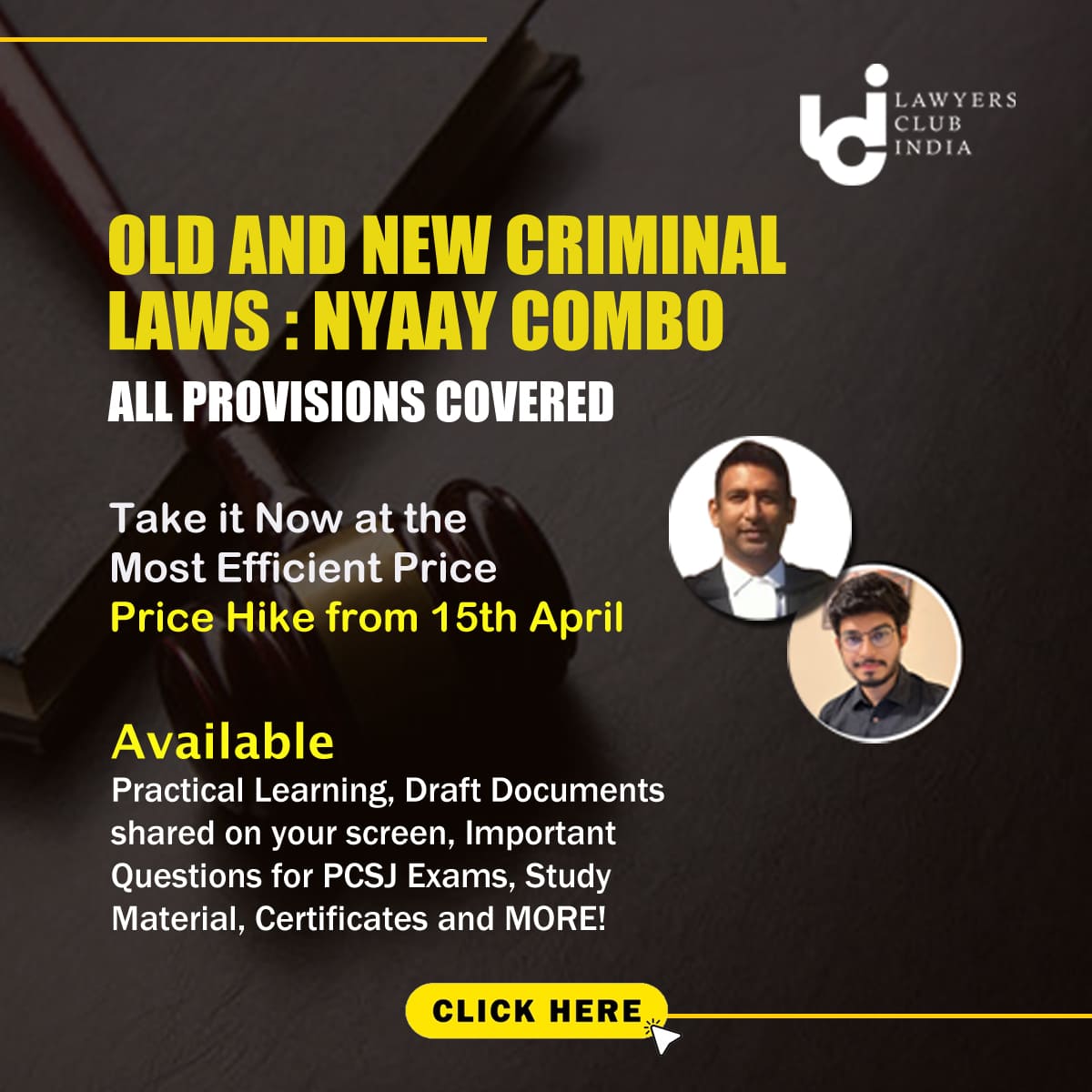The 15th edition of PravasiBharatiya Divas convention will be held in Bengaluru, Karnataka from January 7 to 9, 2017. The first annual convention was held between January 9 and 11, 2003. January 9 was adopted as the Pravasi Bharatiya Divas or Overseas Indian Day based on the recommendations of a High Level Committee constituted in August, 2000.
The then Prime Minister Atal Bihari Vajpayee was keenly interested in the issue of overseas Indians. The oversubscription of the Resurgent India Bonds in 1998, when India was battling sanctions post-Pokhran II, showed their strong faith in an emerging India. In a post-Liberalization environment the Indian Diaspora was willing to engage back with their country of origin. India becoming an IT power hub, fast growing economy and atomic power gave the Diaspora much needed confidence. It was on display at various places – from sports field to trade conferences and international meets.
The concerns of the overseas Indians had been on the mind of the Indian leadership for long.The House of Commons in Britain was forced to investigate, as early as 1841, into the pitiable condition Indian indentured workers in Mauritius. This was within a few years of beginning of the indentured system following the abolition of slavery in British Empire (1833). Way back in 1894, the Madras session of Congress had adopted a resolution against disenfranchisement of the Indians in South African colonies. The Congress adopted similar resolutions at Poona (1895), Calcutta (1896), Madras (1898), Lahore (1900), Calcutta (1901) and Ahmedabad (1902) sessions. In those days the question of overseas Indians pertained mostly to Indians in South and Eastern Africa. It is they who had launched numerous struggles against encroachment on their rights by the local British government. The Gandhi-Smuts Agreement, 1914 signified a major victory for them.
But there were overseas Indians in South East Asia viz. Burma, Singapore, Malaya, Thailand etc. Many of them contributed towards India’s freedom movement in the 1940s by volunteering in or funding the Azad Hind Fauz of Netaji Subhas Chandra Bose. Of particular interest could be the stories of those teenaged Tamil girls, born in rubber plantations of Malaya, who decided to shoulder guns for the independence of India, a country they had never actually seen.
The PravasiBharatiya Divas memorializes the arrival of Mahatma Gandhi to India on January 9, 1915. He had spent 21 years in South Africa fighting for the rights of Indian community. His technique of Passive Resistance, which he named Satyagraha, was developed in South Africa before being implemented in India. In the colonial world that Gandhi inhabited the profile, status and condition of the overseas Indians were markedly different from today. Those were the days when one could not have been starry-eyed about ‘going abroad’ and ‘settling abroad’. A bulk of those who migrated abroad went for toiling in plantations or factories under Indenture System (to Africa, West Indies, Fiji etc), Kangany System (to Sri Lanka) and Maistry System (Burma). But they deserve credit as the pioneers who reversed the religious prohibition on seafaring that had fallen upon the Hindu society in the medieval ages.
In colonial times racial discrimination was instituted as a state policy by the colonial government. But the de-colonization brought in its wake another set of problems. In Gandhi’s lifetime itself the Indians in Ceylon (Sri Lanka) and Burma (Myanmar) entered a critical phase with Ceylonese and Burmese population respectively wanting to get rid of them. The first two legislations passed by the D.S. Senanayake government in independent Ceylon deprived almost a million people of Indian origin of their citizenship. While Indians might have captured power in Mauritius, they have been reduced to a miniscule minority in Myanmar. Thus Indians face a new kind of racialism in those erstwhile colonies.
The age of colonialism was an age of maritime empires. Till late 1950s, steamships were the most dependable mode of inter-continental travels. In early 1960s, the air plane replaced ship as the most preferred mode for long distance travels. It reflected upon the pattern of migration in terms of reach, human resource quality and connectivity with India. Coincidentally around the same time the passage of Immigration and Nationality Act, 1965 in the USA paved path for immigration of highly skilled professionals and students. This historic piece of legislation changed the size and profile of the Indian immigrant community. From a meager 12,000 in 1960 the number of Indian immigrants has risen to 2.5 million now. Such educated and successful immigrants are providing sinews to the Indian Diaspora.
But there is another side of the coin. When during the years of ‘Socialism’ India remained trapped in poor economic growth rate, the immigrants to the West were somewhat apologetic about their Indian identity. In India also the Non Residents Indians were perceived as escapers. But faster economic growth rate post-Liberalization, India’s emergence as IT power hub and the advent of Vajpayee government etc boosted the morale of the overseas Indians. The advent of satellite television, Internet and rising tele-density in the 1990s meant overseas Indians could be in regular touch with India. It was now possible for an overseas Indian to spend time thinking the interests of his mother country. Indians, resident and overseas, could commonly exercise opinion on bolstering India’s position in the world stage. This gave rise to the concept of ‘New Global Indian’ as the title of magazine launched from Boston in 2008 by Kanchan Banerjee stated.
But overseas Indian community, in several parts, continues to face severe challenges of racism, religious fanaticism and legislative disabilities. As against popular misconception not everyone is successful. Thus it is not yet time to lower the baton raised by Gandhi in South Africa in the 1890s.
BY: PRIYADARSHI DUTTA
*The writer is a columnist and independent researcher based in New Delhi. The opinions expressed above are his personal.
Join LAWyersClubIndia's network for daily News Updates, Judgment Summaries, Articles, Forum Threads, Online Law Courses, and MUCH MORE!!"
Tags :Others


















